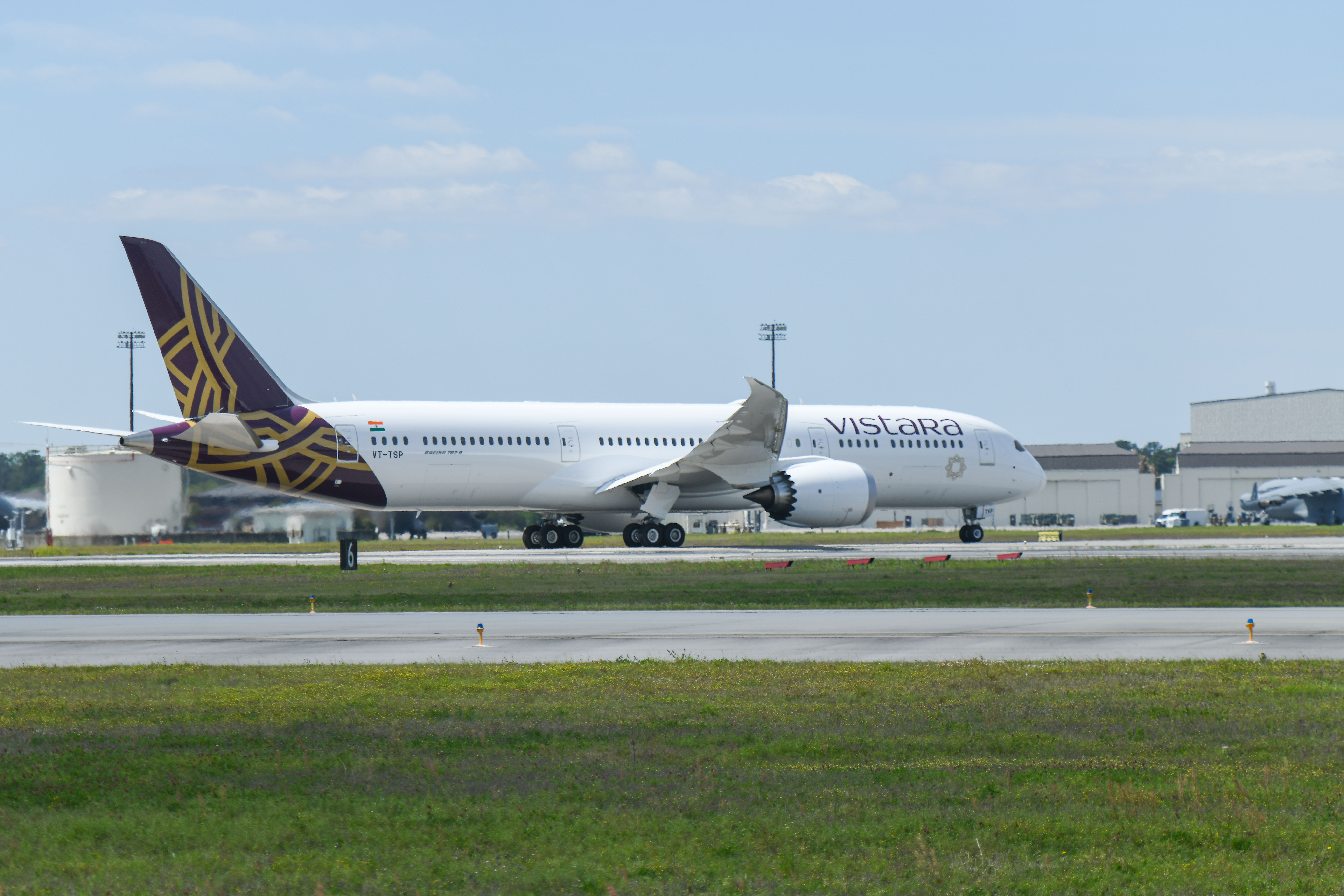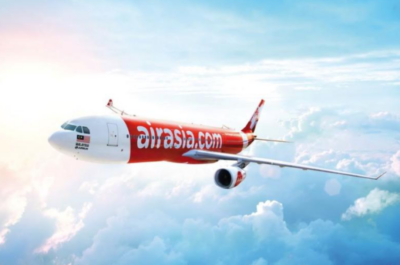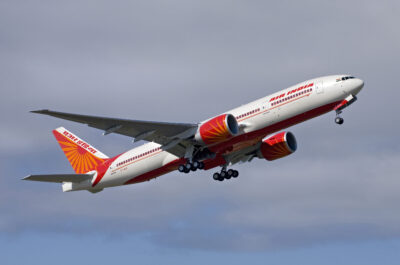A new report from the Centre for Asia Pacific Aviation (CAPA) in association with SITA, the specialist in air transport IT solutions, forecasts that by 2020 Indian domestic air traffic will reach 160-180 million passengers per annum and international traffic will exceed 80 million. Today less than 2% of Indians fly in any given year…
 A new report from the Centre for Asia Pacific Aviation (CAPA) in association with SITA, the specialist in air transport IT solutions, forecasts that by 2020 Indian domestic air traffic will reach 160-180 million passengers per annum and international traffic will exceed 80 million. Today less than 2% of Indians fly in any given year.
A new report from the Centre for Asia Pacific Aviation (CAPA) in association with SITA, the specialist in air transport IT solutions, forecasts that by 2020 Indian domestic air traffic will reach 160-180 million passengers per annum and international traffic will exceed 80 million. Today less than 2% of Indians fly in any given year.
The CAPA/SITA White Paper on Information Technology in Indian Aviation is an industry first and provides a comprehensive analysis and commentary on the future of Indian aviation supported by a market survey of senior executives from airports, airlines and government.
In forecasting substantial growth over the next ten years, the report notes that India’s domestic air travel market is currently just 20% of that of China. In order to meet predicted growth over the next ten years airlines will need to invest $120 billion in new aircraft and a further $20 billon in the airport sector.
Kapil Kaul, CAPA CEO, South Asia said: “In terms of the drivers for investment in IT, the survey element of the report found that the airport sector is primarily concerned with compliance and efficiency measures, aimed at reducing costs.
“There is as yet lesser emphasis on deploying technology as a point of differentiation or to enhance the customer experience with a view to generating incremental revenue. However, the feedback indicates that mobile technologies, self-service kiosks and biometrics will be key areas of investment in future for airports. We also found that airlines appear to be further advanced than airports in their embrace of technology as a strategic tool rather than a support mechanism.”
Airlines have indicated that self-service is the way forward, with respect to future products such as kiosks for lost baggage reporting, flight disruption management, flight transfers, bag drop and automated boarding gates.
Low cost carriers (LCCs) are more aggressive than full service airlines in using IT to drive their business. LCCs’ investment in IT is more strategic in nature and they do not see IT as mere support functions as is often the case at full service or legacy carriers. LCCs have a greater level of readiness to adopt newer solutions that both redefine the customer experience and cut costs.
On the Border Management front, the survey indicates biometric identification is a high priority initiative, to be followed by electronic documentation such as e-visas and e-passports.
The report highlights five technologies – mobile devices, Web 2.0, Near Field Communications, RFID and biometrics – which will be of great importance as the industry responds to the growing needs and expectation of Indian travellers.
The white paper also notes the remarkable sea-change that has overtaken the industry since 2003 with the arrival of the first low cost carriers; dramatic reforms such as an open domestic skies policy; the introduction of airport modernisation with the privatisation of Delhi and Mumbai; and the upgrading of 35 non-metro airports and green field developments.
The report identifies sales taxation on aviation turbine fuel as the most pressing cost issue for Indian carriers together with withholding tax on aircraft leases and service tax on first and business class fares. Congestion at airports, on the ground and in the air, is also adding to the cost burden on Indian airlines. Shortage of skilled personnel is also an area that needs to be addressed, according to the report.
Maneesh Jaikrishna, SITA Senior Director, India, said: “This is a must-have document for anyone with a serious interest in air transport in this country. We are pleased to publish it in association with CAPA who are renowned for their analysis of industry trends and their deep understanding of air transport throughout the region.”
TravelDailyNews Asia-Pacific editorial team has an experience of over 35 years in B2B travel journalism as well as in tourism & hospitality marketing and communications.













































































